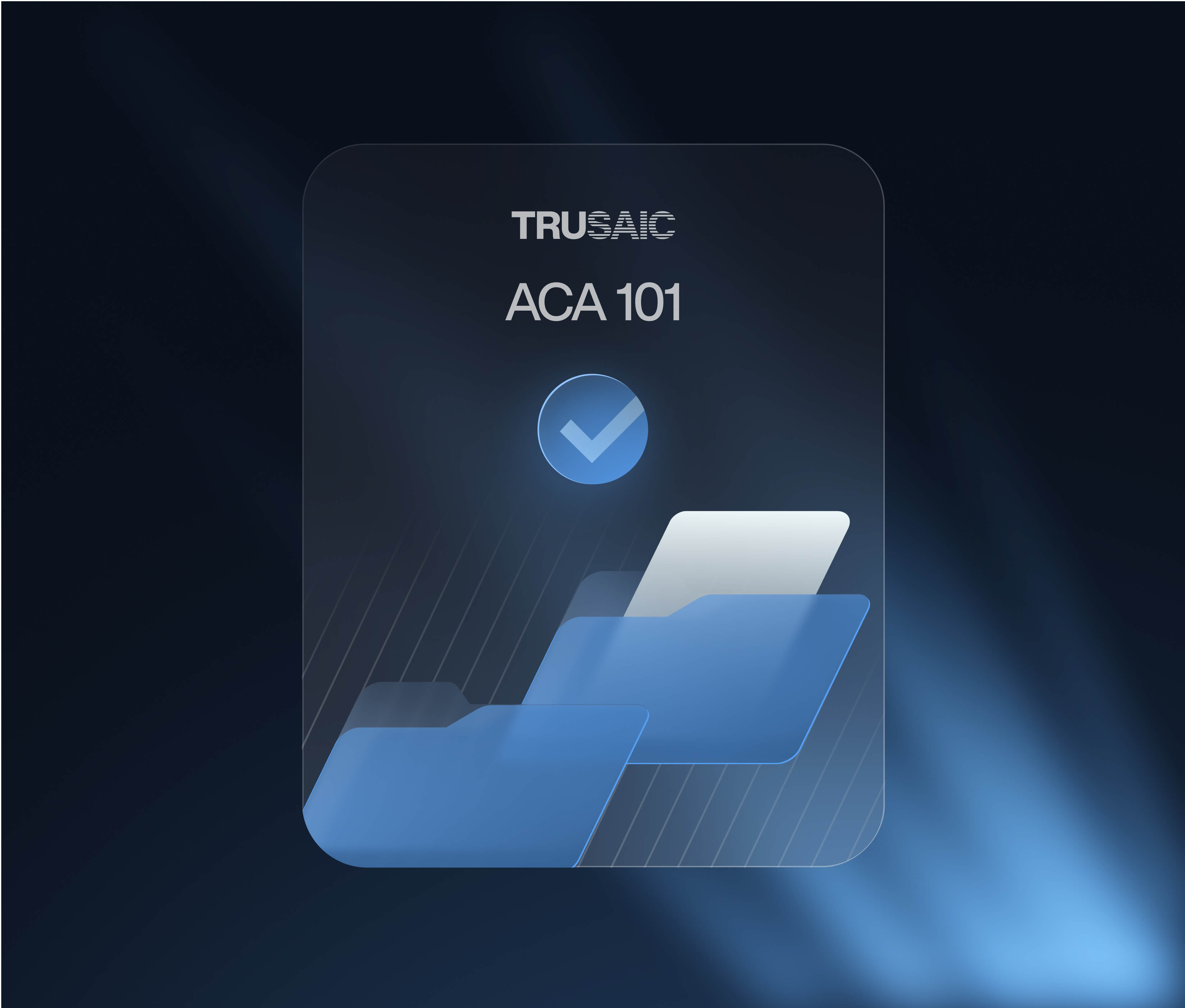The Biden administration is making strides to reverse a Fair Labor Standards Act (FLSA) final rule on worker classification that was signed into law by the Trump administration during its last days in office.
The final rule, Independent Contractor Status Under the Fair Labor Standards Act, was supposed to take effect on March 8, 2021, but was delayed immediately prior to its effective date by the Biden administration for 60 days, i.e. until May 7, 2021.
Following the announcement to postpone the effective start date, the Biden administration proposed that it would completely rescind the rule and instead revert back to more employee-centric standards from the Obama era.
In a press release issued by the Department of Labor (DOL), several reasons were identified for the proposal to rescind the FLSA final rule, including, “the rule adopted a new economic reality test to determine whether a worker is an employee or an independent contractor under the FLSA, courts and the department have not used the new economic reality test, and FLSA text or longstanding case law does not support the test.” The press release continued by stating “the rule would narrow or minimize other factors considered by courts traditionally; making the economic test less likely to establish that a worker is an employee under the FLSA.”
The final rule set forth by the Trump administration aimed to clarify how employers differentiate employees from independent contractors as activity surrounding the gig economy continues to surface but was criticized for being too “employer-friendly.” Specifically, the final rule:
- Reaffirms an “economic reality” test to determine whether an individual is in business for him or herself (independent contractor) or is economically dependent on a potential employer for work (FLSA employee).
- Identifies and explains two “core factors” that are probative to the question of whether a worker is economically dependent on someone else’s business or is in business for him or herself including; the nature and degree of control over the work; and the worker’s opportunity for profit or loss based on initiative and or/investment.
- Identifies three other factors that may serve as additional guideposts in the analysis, particularly when the two core factors do no point to the same classification. The factors are: the amount of skill required for the work; the degree of permanence of the working relationship between the worker and the potential employer and whether the work is part of an integrated unit of production.
- The actual practice of the worker and the potential employer is more relevant than what may be contractually or theoretically possible.
- Provides six fact-specific examples applying the factors.
The DOL is accepting comments from the public through April 12, 2021, regarding its proposal to rescind the Trump-era final rule on independent contractor worker classifications.
It’s clear that Biden is making good on his word to “put a stop to employers intentionally misclassifying their employees as independent contractors.” Biden previously said that he would “enact legislation that makes worker misclassification a substantive violation of law under all federal labor, employment, and tax laws with additional penalties beyond those imposed for other violations.”
If the Biden administration is successful in rescinding the final Rule, employers will need to be more forward-thinking in their method for determining employee and independent contractor status and err on the side of broader, more employee-centric legislation. For example, in California, employers must conduct an ABC test under AB 2257 to prove that an individual is not an employee and rather an independent contractor. The ABC test consists of three components:
- The worker is free from control and direction of the hiring entity in the performance of the work, both under the contract for the performance of the work and in fact.
- The worker performs work that is outside the usual course of the hiring entity’s business.
- The worker is customarily engaged in an independently established trade, occupation, or business of the same nature as the work performed.
The distinction between California’s method for determining an individual’s employment classification is that it presumes an individual providing services is an employee unless the three aforementioned steps are met.
HR managers should be prepared to prove that they are classifying their employees correctly. And with pay data reporting becoming a requirement in more states, we invite you to download our guide, Designing a Successful Pay Equity Policy for Your Organization to learn what steps your business can take to better prepare itself for evolving pay equity legislation.








